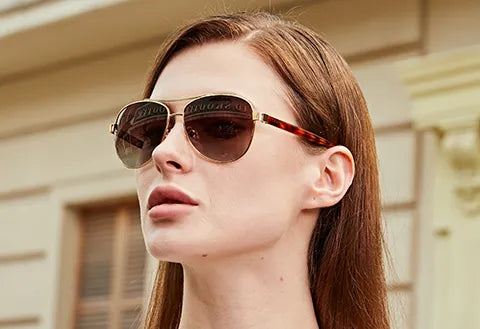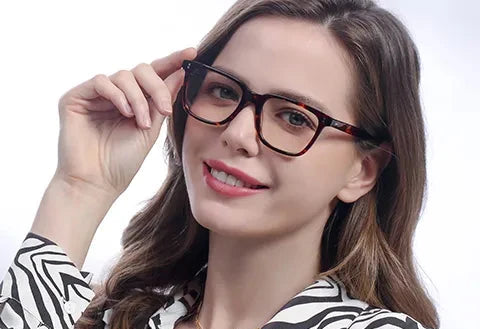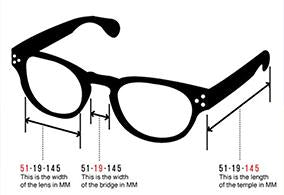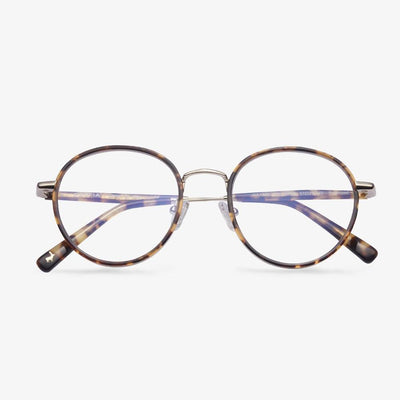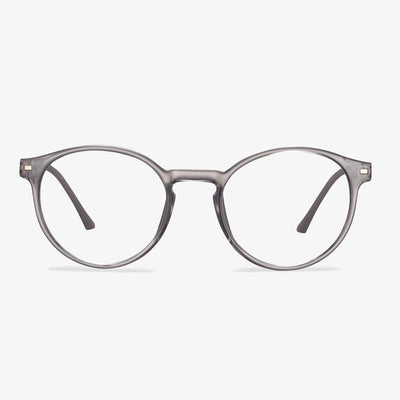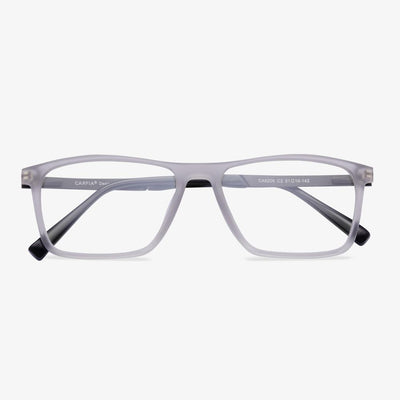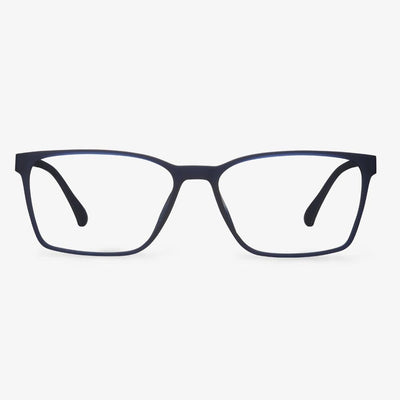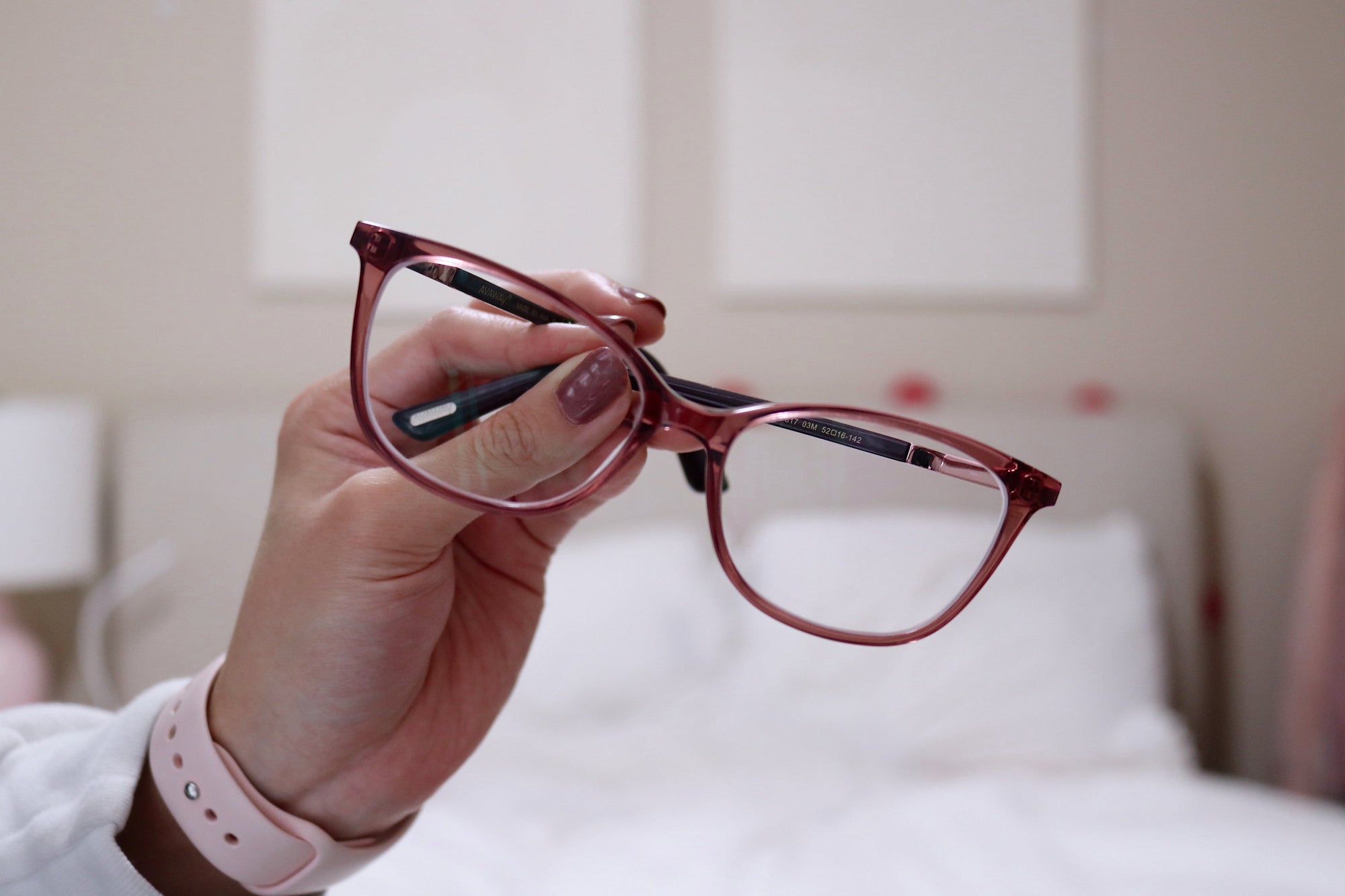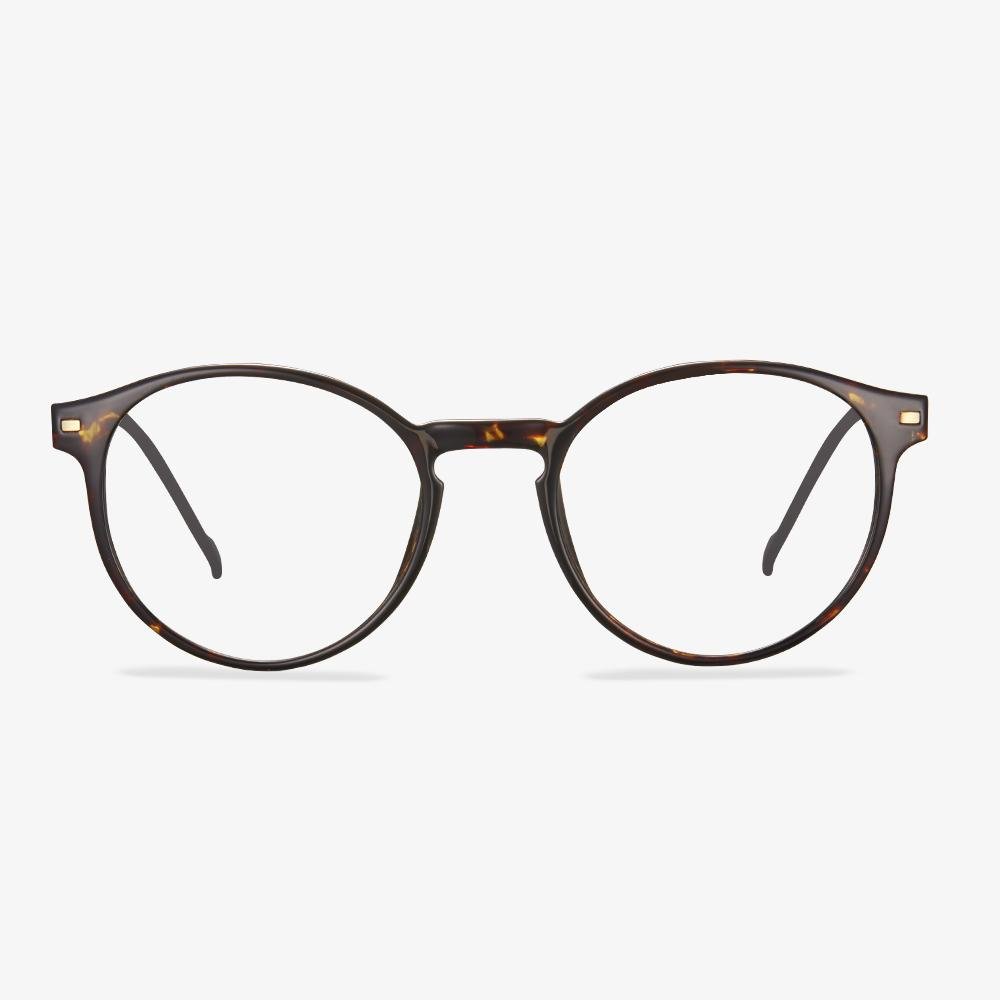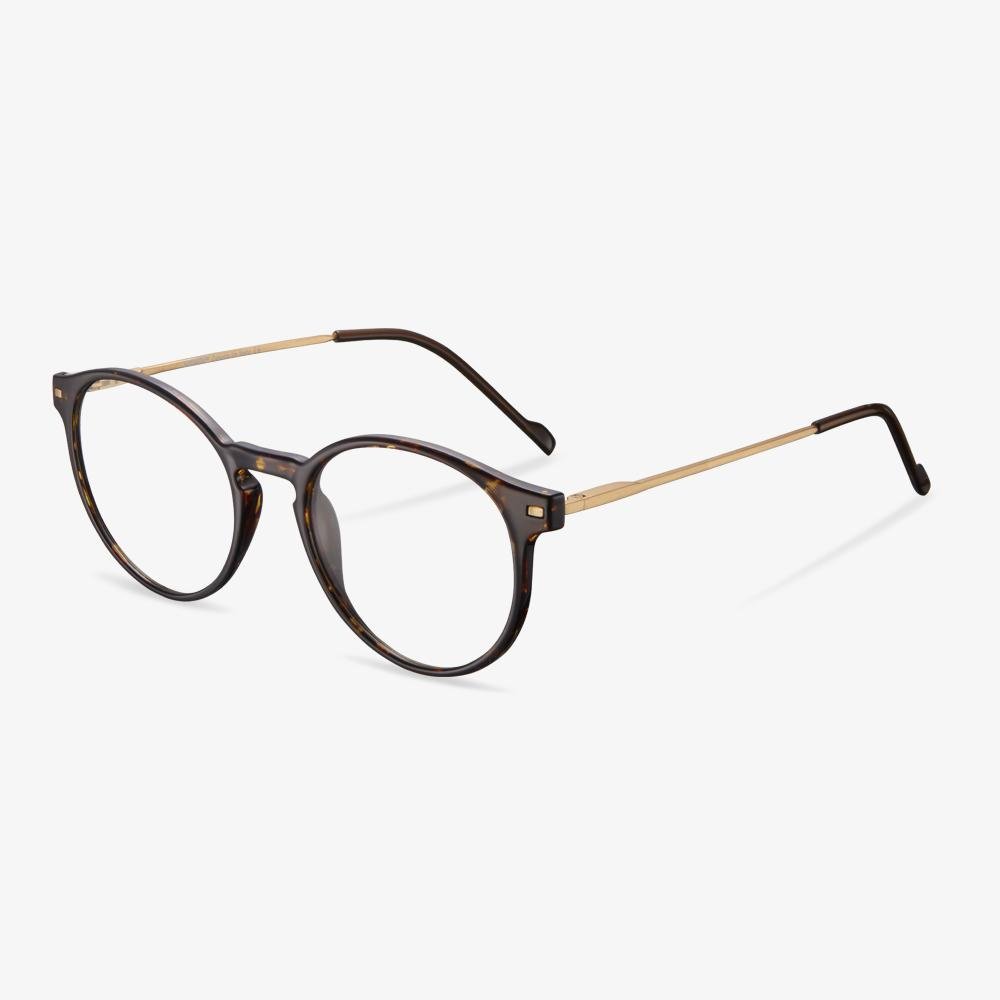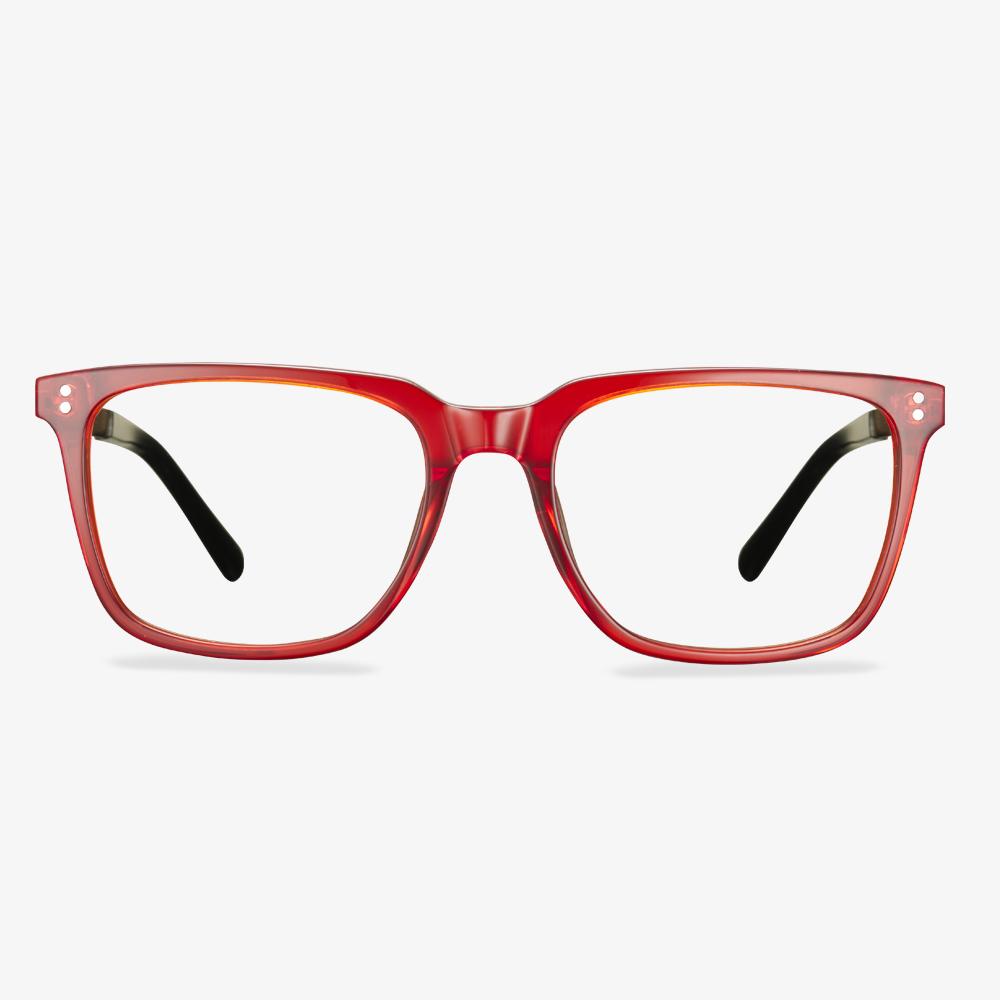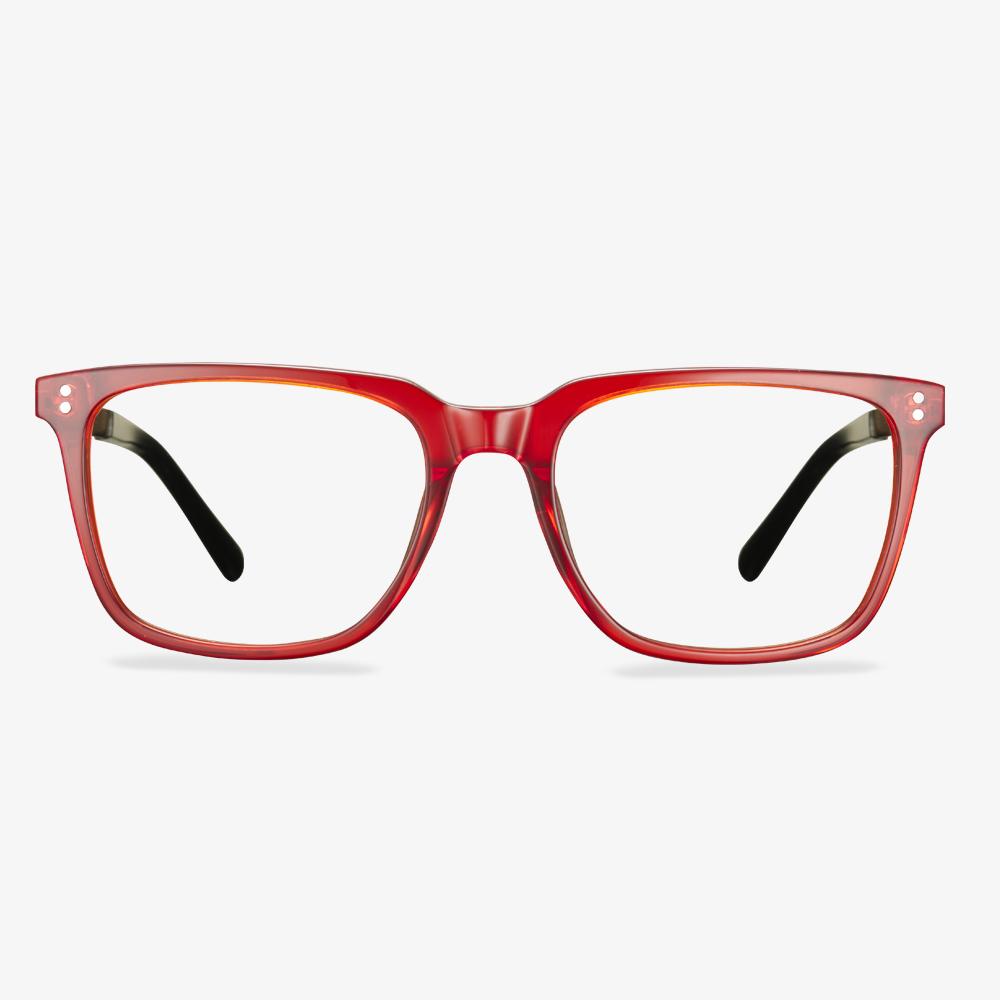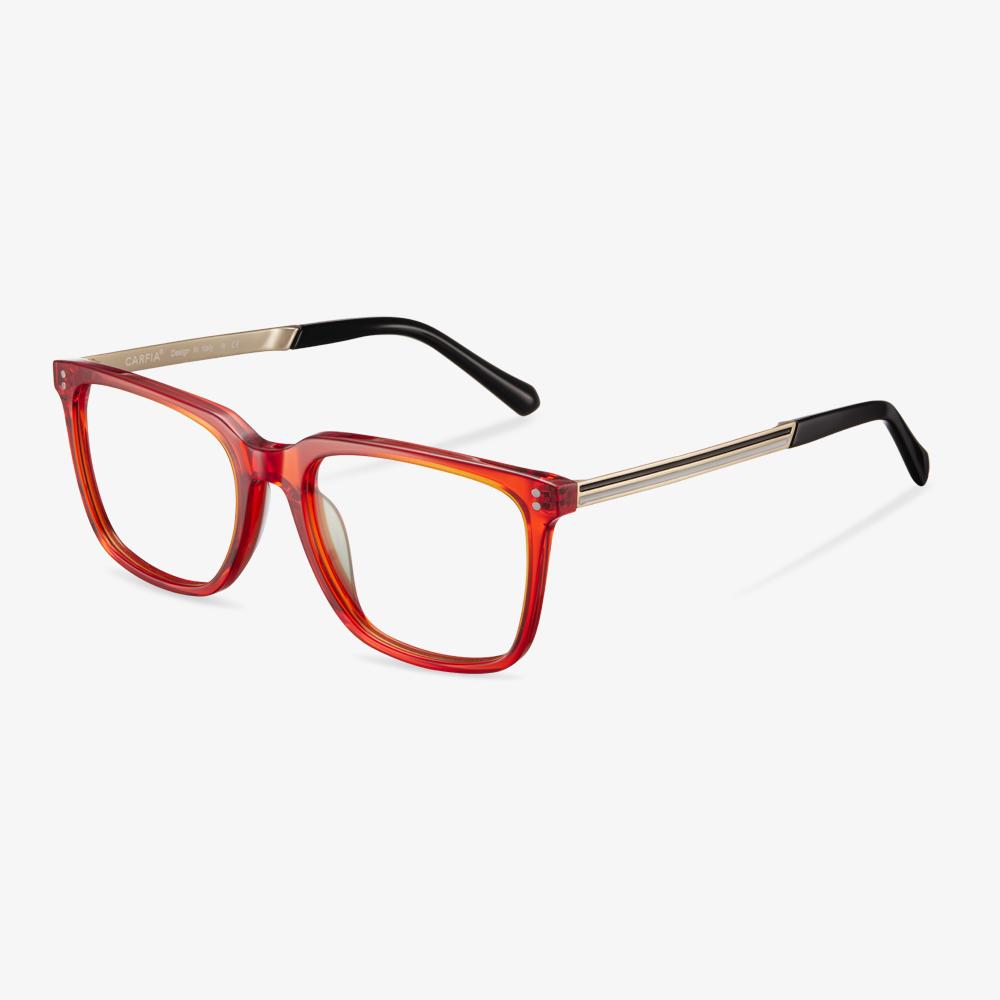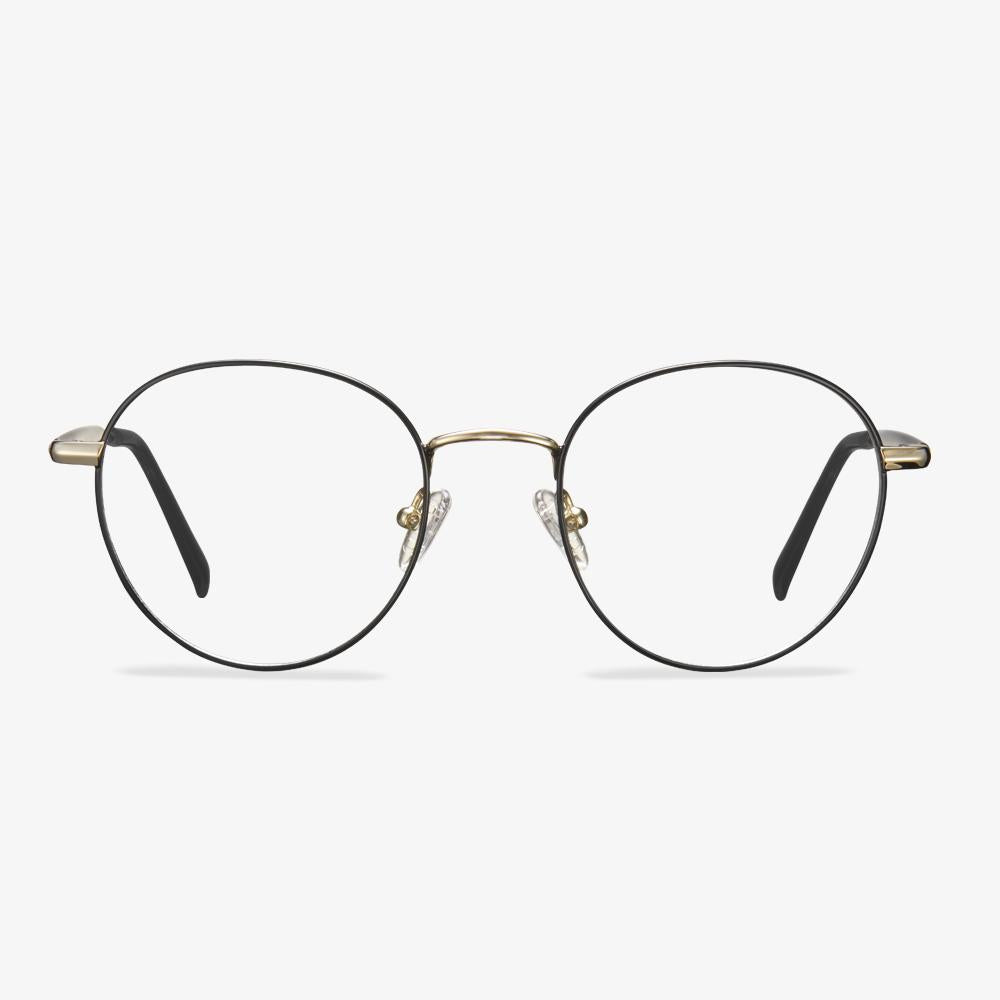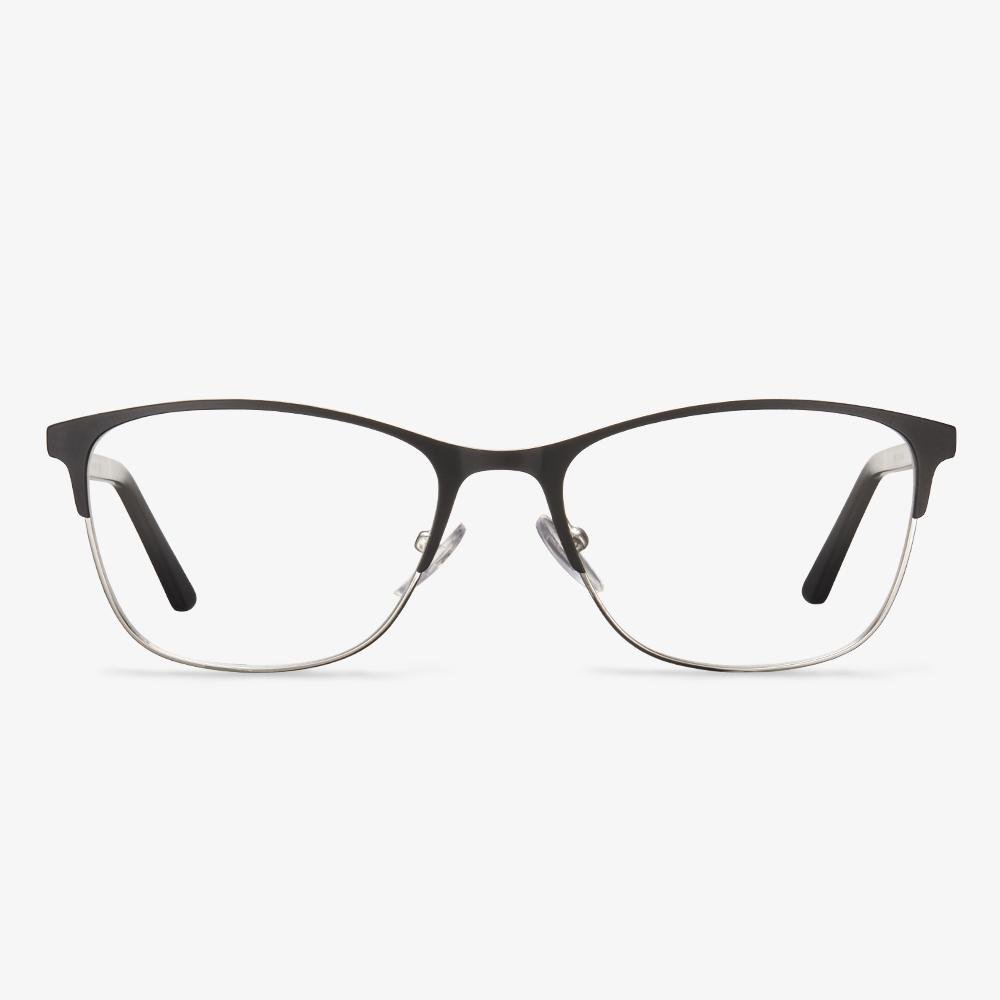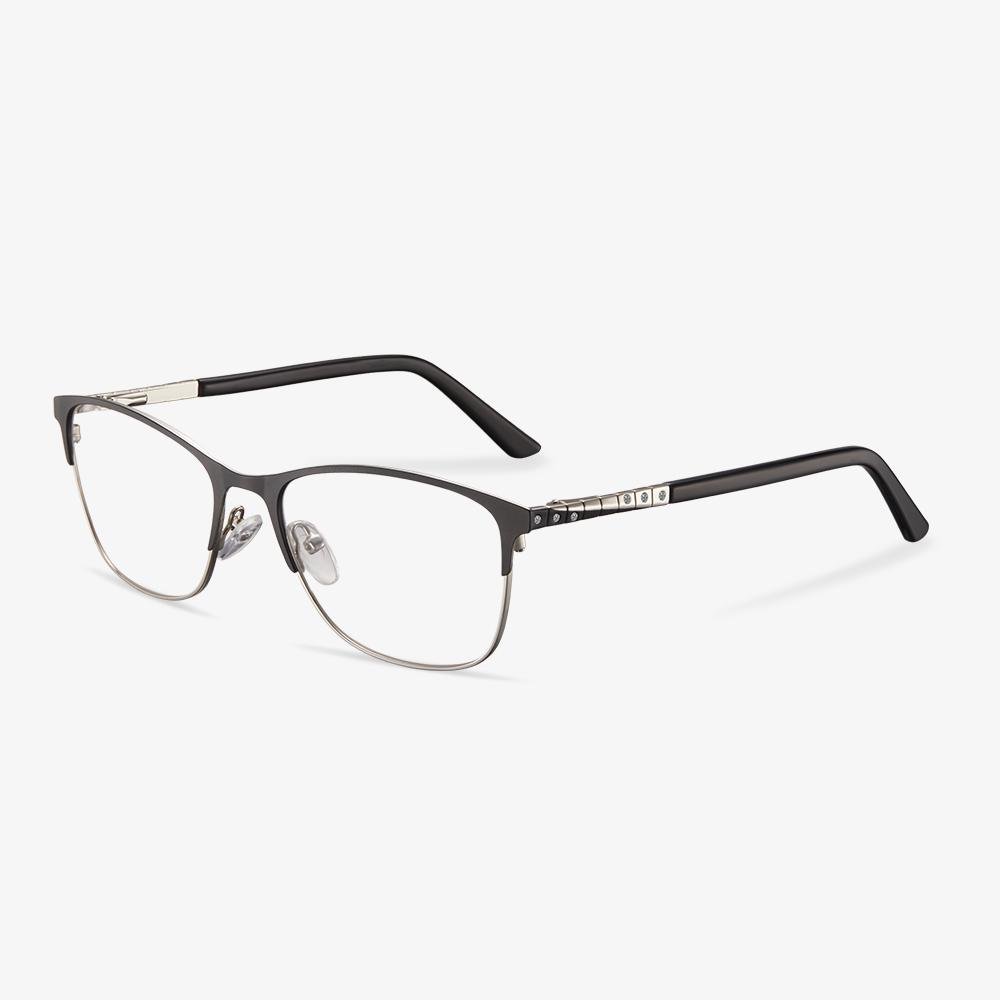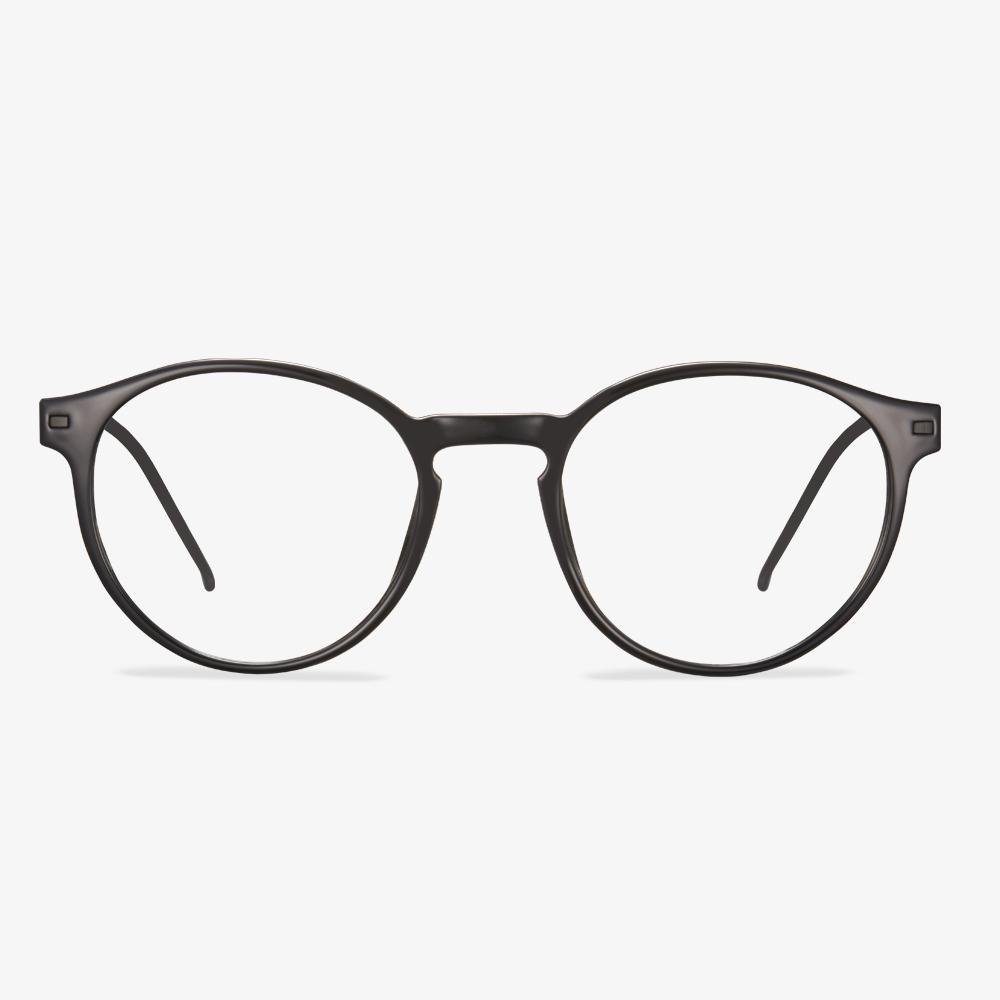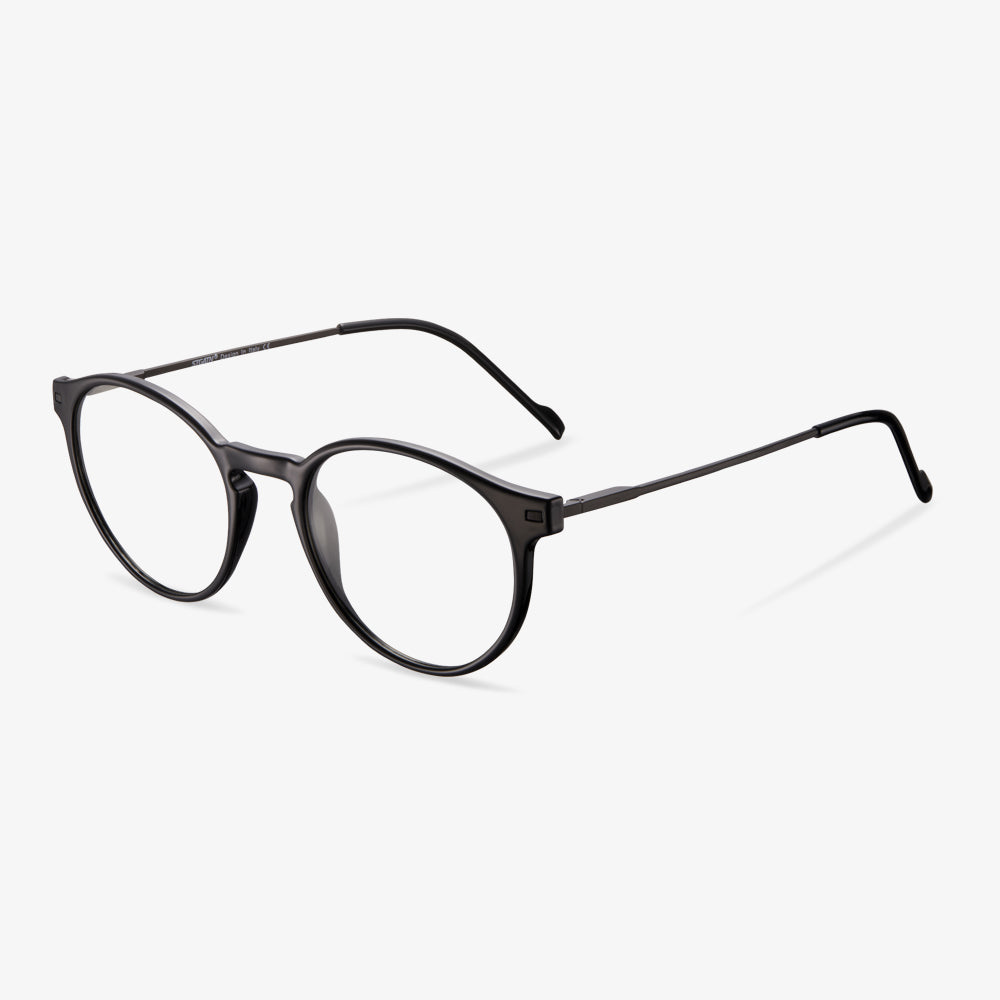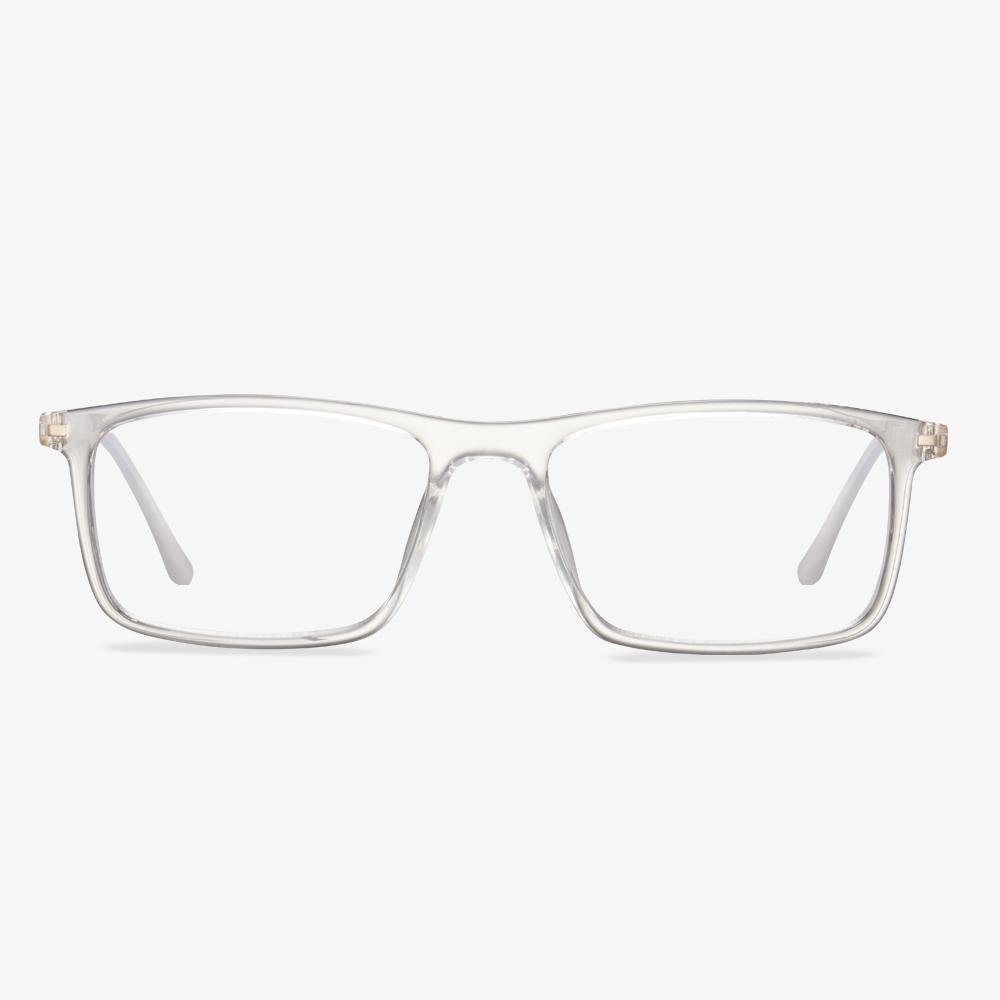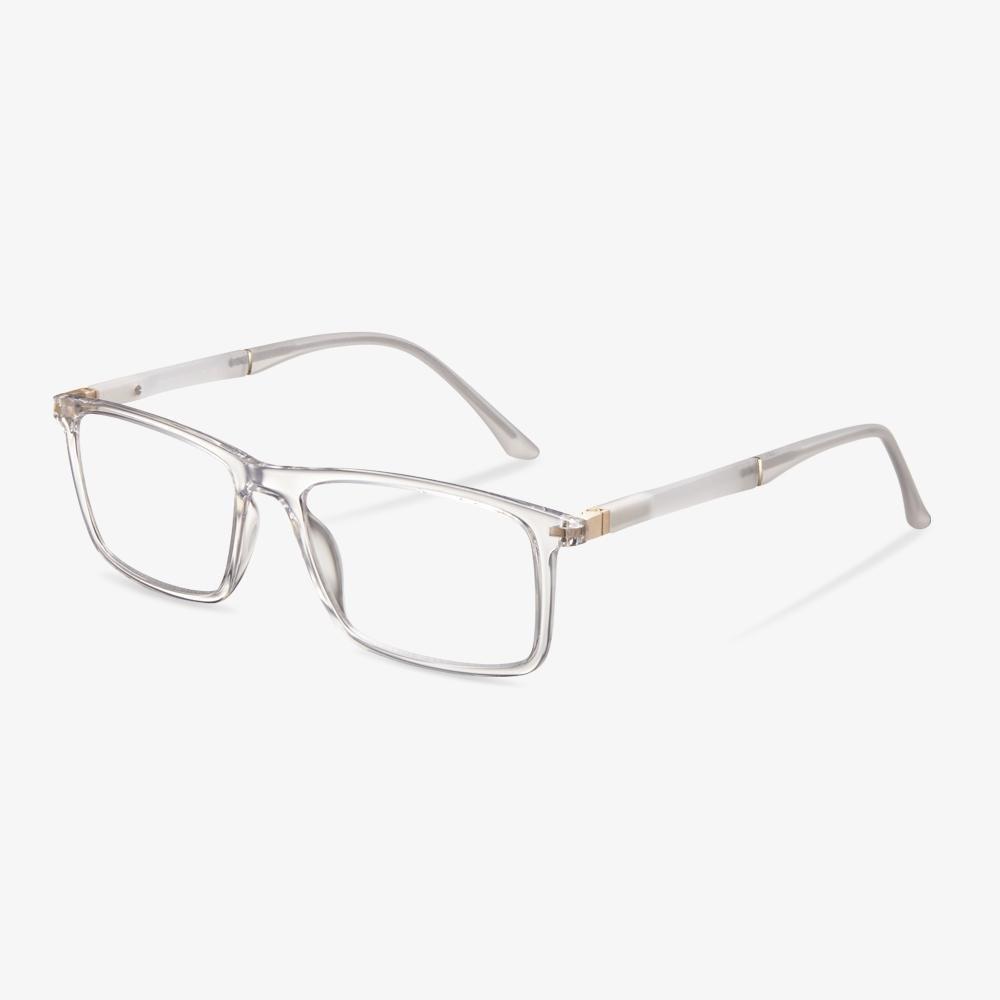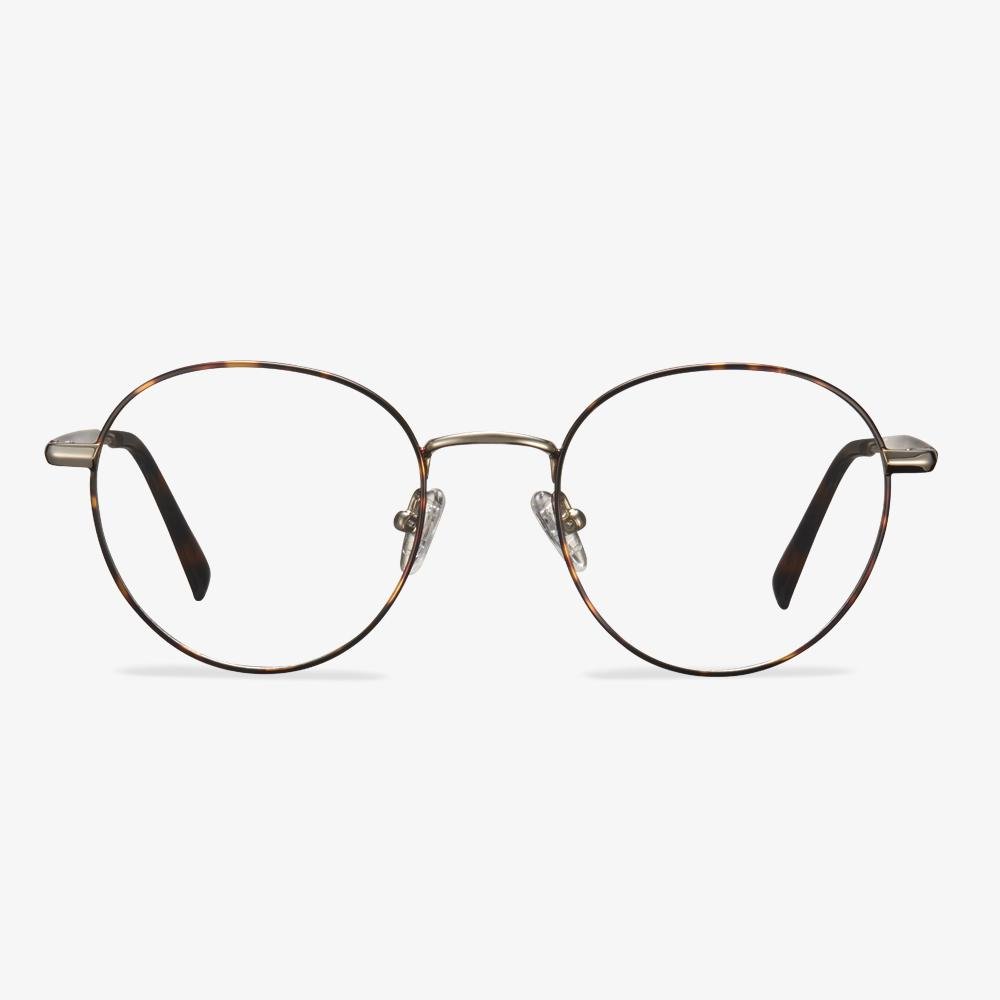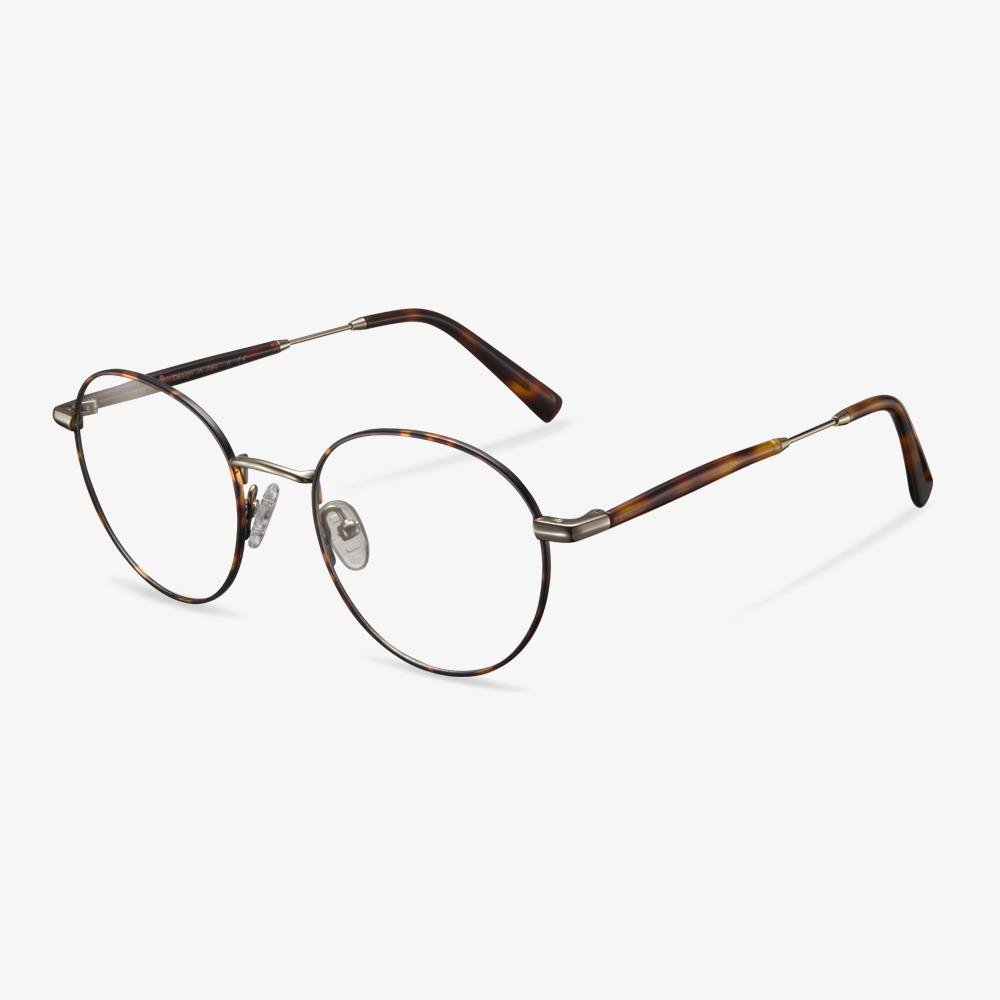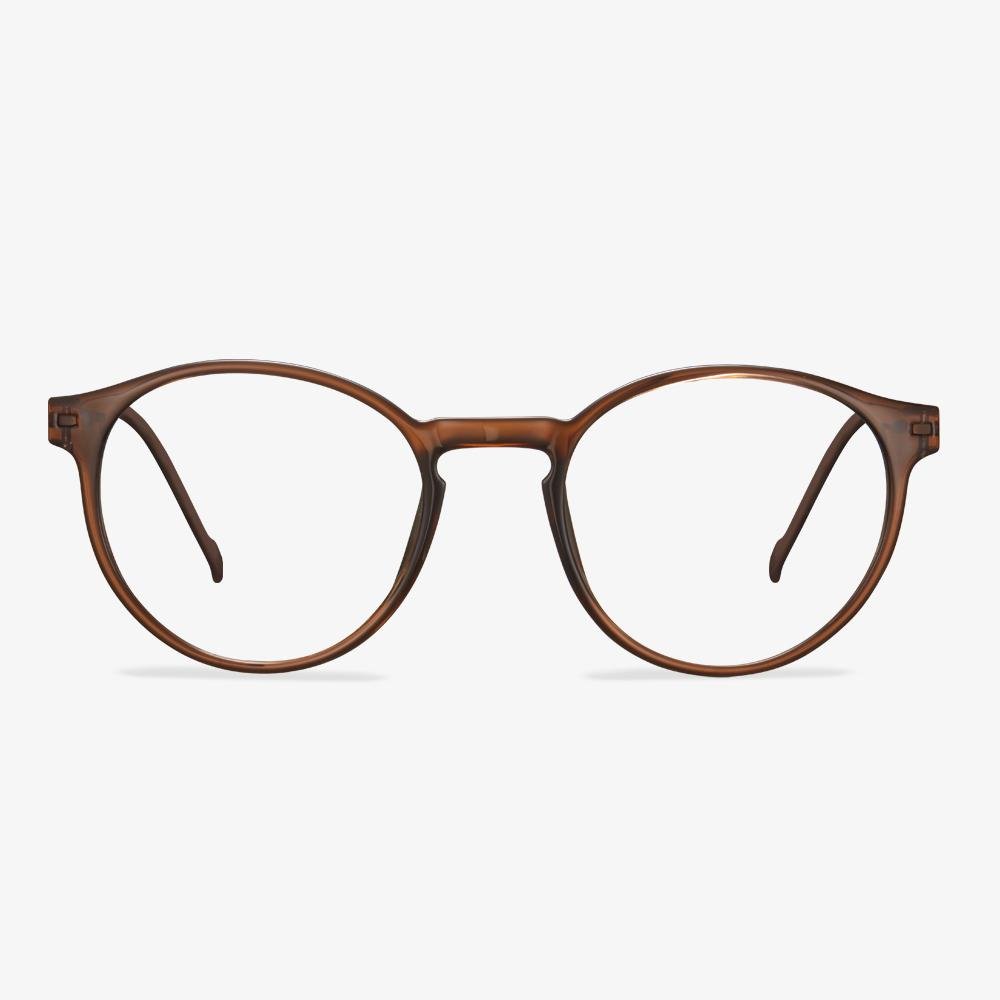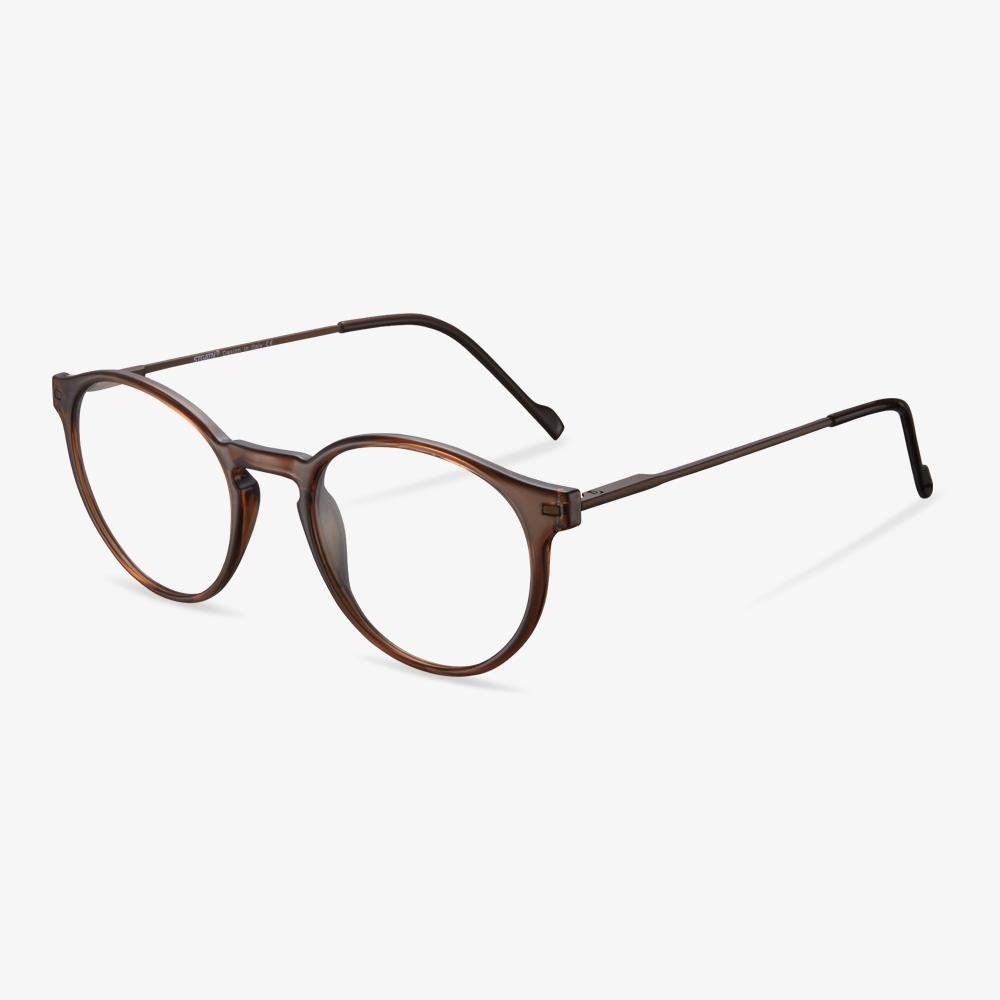ShadyVEU HD blue light blocking Glasses
The anti-reflective yellow and amber lenses are the best choices for outdoor vision protection, as they reduce high-intensity glare from bright lights (headlights, LED signs, etc.) at night. They are suitable for daytime driving with a clear vision, especially in low light conditions such as rain, haze, and winter. Yellow and amber-colored lenses help block out our computer screens, smartphones, games consoles, tablets, and TVs, helping to prevent melatonin suppression and thus helping wearers fall asleep faster.
They are suitable for sports, hunting, fishing, cycling, work, practical and construction work, day driving, night driving, bright days, snow days, and low light conditions.
How To Choose Better Night Driving Glasses?
You should select light alloy material and polymer material with memory, collision resistance, and low friction coefficient characteristics. It can effectively prevent the damage to the eyes and face caused by the friction of the broken lens frame during use. Because of its specific molecular structure, the chemical resistance is good. In the high-temperature environment. it is not easy to deform and can withstand 350 degrees in a short time of high temperature, not easy to melt and combustion. The glasses made of this material are light and strong, and the ears will not be uncomfortable because of wearing the glasses for a long time.
Visionworks Doctors of Optometry
Visionworks Doctors of Optometry is a leading provider of eye care services in the United States, located at the intersection of healthcare and retail. They are committed to providing their customers with a wonderful shopping experience and high-quality products and services with the best value and selection in the industry. All stores of Visionworks provide designer and exclusive branded frames, lenses, sunglasses, and accessories. And they provide leading vision correction technology. Every purchase comes with an unconditional 30-day satisfaction guarantee and free lifetime cleaning and adjustment.
Can you use rubbing alcohol to clean glasses?
The stimulus effect of alcohol will damage the coating of the lens. If the coating of the lens is destroyed, the transmittance of the lens will decrease and the clarity of the lens will decrease. In addition, if the film layer of the lens is damaged, the scratch resistance and anti-reflective properties of the lens will decrease. Especially if the film layer of the lens is damaged severely, the lens is easily scratched, which directly affects the vision. Therefore, when cleaning the lens, you must be careful not to use irritating cleaning.
What is the progressive multifocal lens?
The lens of progressive multifocal glasses can change the refraction of the lens at the upper part of the central channel of the line of sight, which can effectively solve the difference of refraction when people view objects at different distances from long, medium, and short distances. Depending on demand, people have the flexibility to change or compensate vision according to visual distance, making it easier to help to adjust your vision in a variety of situations.
What Are Polycarbonate Lenses?
Polycarbonate lenses are made from a type of plastic that is famous for its durability. Polycarbonate lenses are perfect for those who are doing sports while wearing glasses. It is also used in children’s glasses since kids are much less careful with their glasses than adults.
There are three processes for resin-changing lenses.
The incorporation method, known as bulk polymerization, is similar to the method of glass lens, that is, one or more photochromic dyes are directly incorporated into the polymer monomer of the substrate for bulk polymerization, and the lens formed after curing will change color. Discoloration dye is completely integrated into the resin lens substrate, so the lens made of color persistence is very good.
The uniformity of discoloration and the depth of color after discoloration are highly related to the thickness of the lens. Because the thickness of the lenses at all levels is different, there will be a color difference between the depth of discoloration and the uniformity, and the uneven phenomenon of high brightness is more obvious.
The film type is known as the coating method. It is the chromatic resin lens by coating or dipping in a layer of chromatic dye on the base of the resin lens. Because the coating covers the surface of the lens, the color uniformity is good. The coating, which is only about 0.05mm thick, does not provide enough molecules to make the lens dark enough, so the color is relatively less dark, and the discoloration lasts slightly longer.
Infiltration, known as the penetration method, is to use the principle of penetration, through the thermal diffusion method to make the color dye permeate the surface of the resin lens sheet material, with diffusion depth up to 0.15~0.20mm. The lens has a constant color change characteristic. There will be no inconsistency between the center and the surrounding color as the luminosity gets darker. The color-changing resin lens made by infiltration type has the benefits of uniform color-changing, small color difference, fast and thorough color-fading, which is the mainstream of color-changing technology at present.





